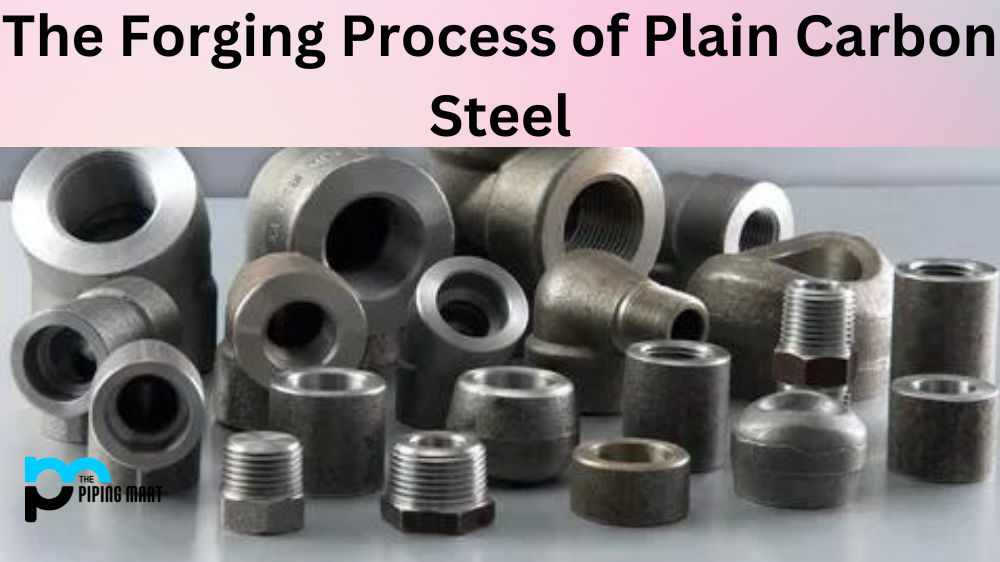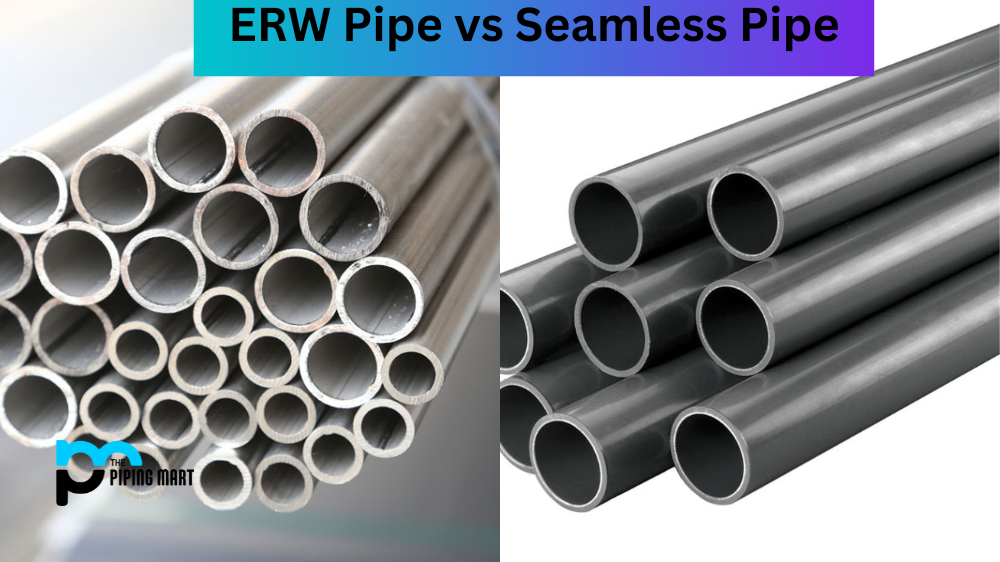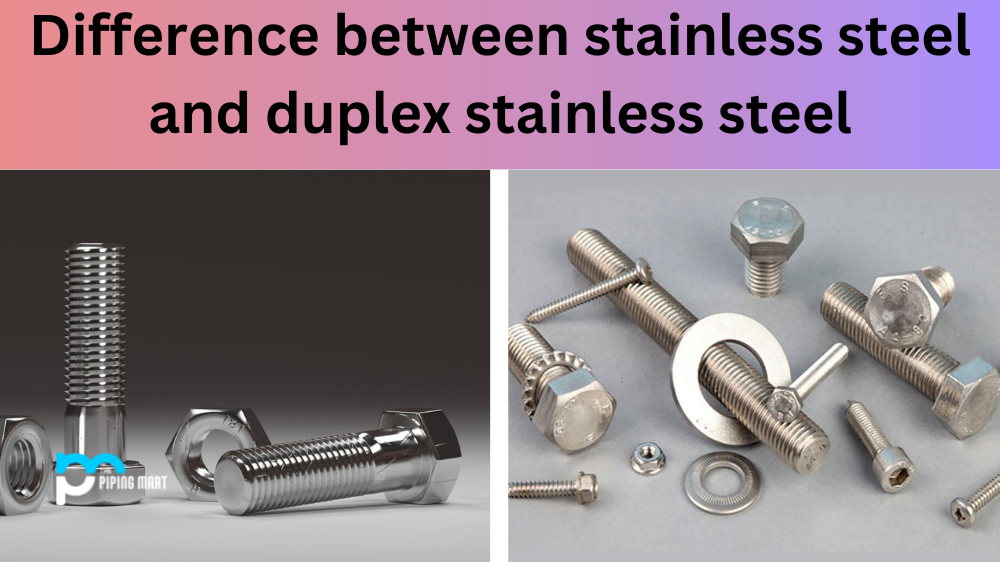Forging is a process that involves shaping metal into a desired object with localized compressive forces. It is typically used to create things from steel and other metals such as aluminum, brass, and titanium. In this article, we’ll focus on the forging of plain carbon steel, one of the most common types of steel used in manufacturing processes. Let’s take a closer look at how this process works.
Forge Process for Plain Carbon Steel
The forging process for plain carbon steel usually begins with heating the metal to its recrystallization temperature. This is done to make it malleable enough to be shaped into the desired object. Once the metal is heated, it is placed in a die or mold and compressed by powerful hydraulic presses or hammers until it takes on the shape of the desired object.
Proper lubrication must be used during the forging process to ensure that the end product has good dimensional accuracy. Lubricants such as graphite, molybdenum disulfide (MoS2), and zinc stearate are typically used to reduce friction between the dies and reduce surface oxidation during compression. Additionally, some forging operations may require additional heat treatment processes, such as annealing or tempering, to increase the toughness and wear resistance in certain parts of the object being forged.
Finally, depending on what type of product is being created, additional machining operations may also be needed to achieve precise dimensions and tight tolerances or add other features like threads or slots for fasteners. This machining can either be done before or after heat treatment, depending on what results are needed from the finished product.
Conclusion
Forging plays an important role in many industries due mainly to its ability to produce complex shapes from a wide range of materials, such as plain carbon steel. By understanding how this process works and utilizing proper lubrication and heat treatment techniques, engineers can optimally design parts and components that meet their specific performance requirements while minimizing production costs. Whether you’re looking for tough gears for heavy machinery or precision-machined parts for your next project, forging can help you get there quickly and cost-effectively!
Sakshee is a talented blogger, with a particular focus on the Business and Metal Industry. She is passionate about sharing her insights on various metal products and helping professionals to make a better decisions.




